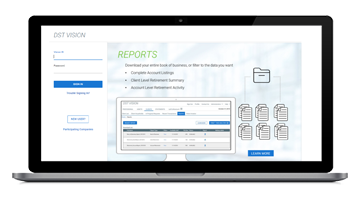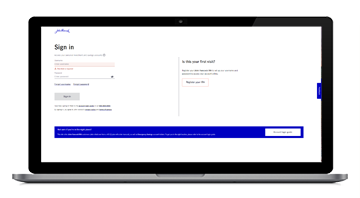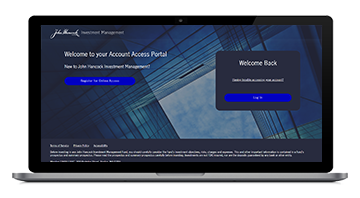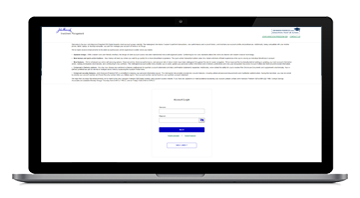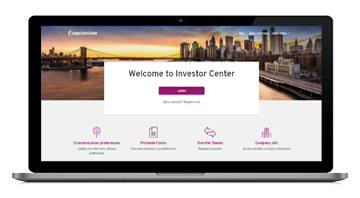
Investing in alternatives
Accessing alternative strategies and private markets is a key part of building a diversified portfolio. Alternative investing spans a broad set of asset classes, styles, and trading strategies; therefore, choosing an experienced manager can be critical to success.
Liquid alternatives
25+ years of experience
AUM: $3.7 billion
Diversified range of alternative hedging strategies
- Multistrategy
- Macro trading
- Multi-asset absolute return
- Long/short equity
- Real estate
- Infrastructure
Private equity
15+ years of experience
AUM: $16.5 billion
Direct, primary, and secondary middle market investment opportunities
- Private co-investing
- Secondary placements
Private credit
25+ years of experience
AUM: $9.5 billion
Alternative yield source, potential for differentiated returns, and through-cycle investing
- Asset-based lending
- Senior loans
- Mezzanine debt strategies
Real estate
95+ years of experience
AUM: $19.6 billion
Quality, location-driven office, industrial, multifamily, and retail assets
- Telecom
- Retail
- Financials
- Healthcare
Infrastructure
40+ years of experience
AUM: $18.7 billion
Potential for long-term, predictable cash flows and downside protection
- Utilities
- Transportation
- Midstream energy
- Telecom
Agriculture and timberland
30+ years of experience
AUM: $15.7 billion
Exposure to sustainable and diversified timber and agriculture assets
- Mature permanent crops
- Developmental permanent crops
- Integrated/processing operations
Investor in liquid alternatives since 1997
We've invested in liquid alternatives since 1997, giving us nearly three decades of liquid alternatives investment experience.
Investor in private assets since 1925
Our affiliated asset manager, Manulife Investment Management, is a pioneer in private markets investments, with expertise in both real assets and private equity and credit, as well as a foundation of long-standing relationships with more than 200 sponsor partners.
Insurance heritage and financial stewardship
Our parent company, Manulife, has a strong insurance heritage and aligned interest with investors through substantial general account investments and solid risk management, having navigated numerous market crises since 1887.
Multimanager investment approach since 1988
As a group, we’ve integrated a multimanager approach for over 35 years. Today, we leverage that multimanager expertise to identify and select leading managers as part of our network.
World's largest natural capital manager
Our parent company, Manulife, is the world’s largest manager of forestry/timberland and agriculture/farmland.
Global scale
Our global group footprint spans North America, Asia, and Europe, and gives us the ability to source and attract leading alternative investment managers who bring unique insight and expertise to our alternative solutions.
Manulife Investment Management
Established asset manager with global resources and expertise extending across equity, fixed-income, and alternative investments as well as asset allocation strategies
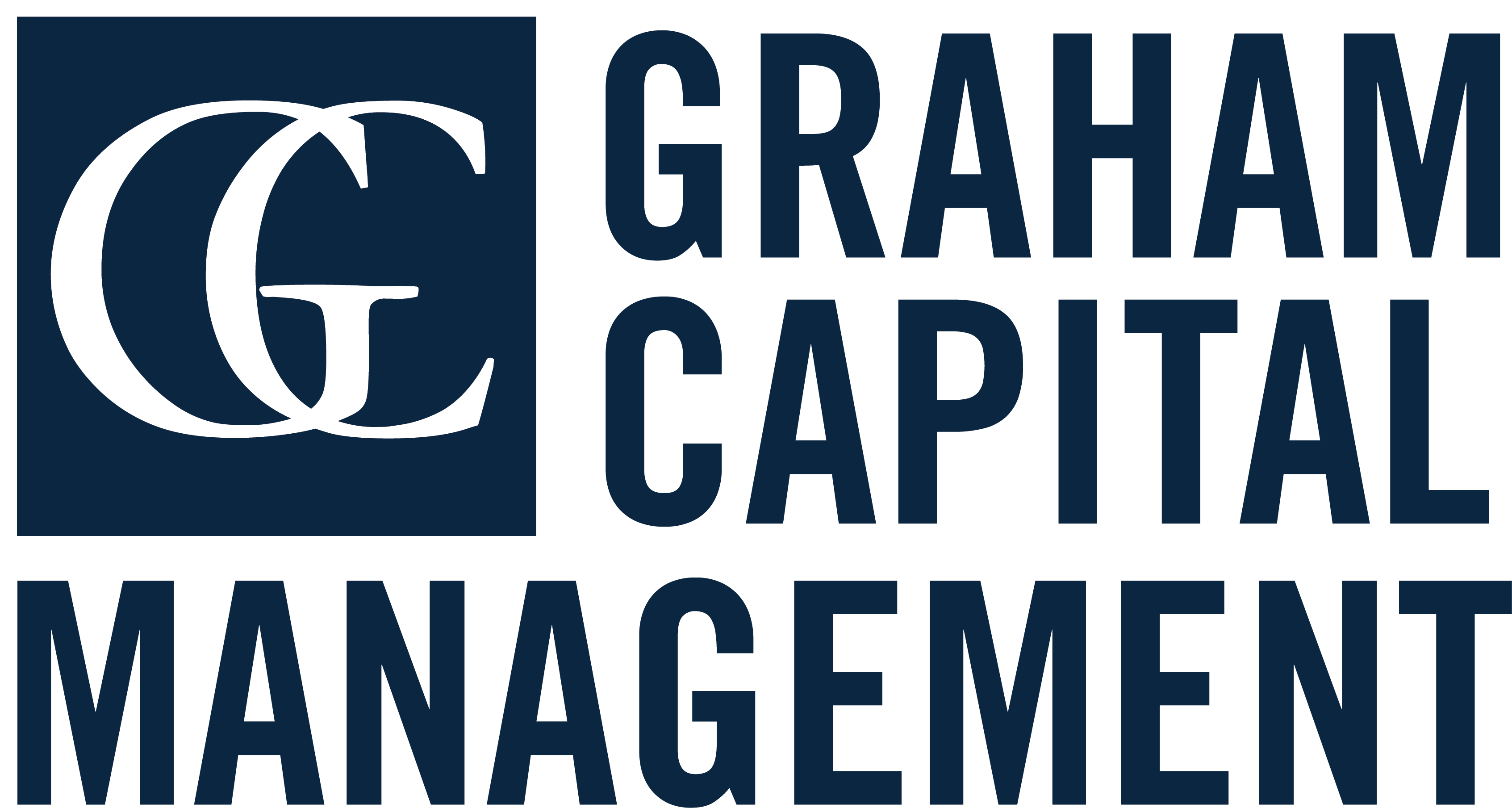
Graham Capital Management
Alternative investment manager emphasizing directional trading strategies with a variety of return and volatility objectives across liquid global markets
Wellington Management
Long-established global asset manager investing across the equity, fixed-income, currency, and commodity markets, including multistrategy, specialty, and alternative investment approaches

Marathon Asset Management
Established global credit manager that invests across private and public credit markets through multiple credit cycles
Nordea Asset Management
Active asset manager pursuing alpha for clients through a multi-boutique approach, combining internal strengths with exclusive external competencies

Manulife | CQS Investment Management
A credit specialist delivering fundamental, research-driven investment across liquid and semi-liquid credit strategies with a robust operational and risk management infrastructure
What is meant by more liquid and less liquid? The more liquid an investment is, the quicker, and easier, it can be converted into cash without affecting its market price. Less liquid investments may take considerably more time to sell and may not have a readily available buyer/seller's market. Investors in less liquid vehicles should understand the applicable investment and liquidity constraints.
| Fund | Morningstar category | Use for |
|---|---|---|
| Morningstar category Multistrategy | Use for One-stop alternative allocation solution | |
| Morningstar category Macro Trading | Use for Core alternative holding | |
| Morningstar category Infrastructure | Use for Managing downside risk and a potential inflation hedge | |
| Morningstar category | Use for Diversifying credit holdings | |
| Morningstar category Alternative Credit | Use for All-weather strategy | |
| Morningstar category Tactical Allocation | Use for Core alternative holding | |
| Morningstar category Real Estate | Use for Core alternative holding |
Private markets
Gain access to a diverse range of private equity and credit investments, and capitalize on the benefits of long-term, nonpublicly traded assets, which are available for qualified purchasers.
Contact us to learn more about our private markets strategies.
Related viewpoints


Understanding the alternative investment landscape

Why invest in alternative investments now
Request a complimentary consultation
Building better portfolios with alternative investments
Financial professionals: We're here to help you navigate the alternative investing landscape by assessing how to incorporate alternative strategies into your clients' portfolios. Request a complimentary consultation on portfolio construction with alternative strategies, during which we will cover the following areas:
- How to categorize alternative strategies
- The performance blueprint of alternatives
- Effective ways to incorporate alternatives within a portfolio
- Funding strategies for alternatives based on portfolio objectives
Together, we'll ensure that your clients' portfolios are well positioned to achieve their investment goals.
Investors: Ask your financial professional how adding alternative strategies may help you position your portfolio for the long term.
Request a meeting with a John Hancock Investment Consulting Group consultant
* indicates a required field
Thank you
Your submission was successful
Important disclosures
1 All data as of 6/30/24, unless otherwise noted; all assets under management (AUM) calculated on a fair value basis in U.S. dollars. Data includes assets managed by Manulife Investment Management and its affiliates on behalf of Manulife’s Canadian and U.S. general accounts, and also certain third-party investors. Investment advisory services to third-party investors and certain affiliated investors are offered by Manulife Investment Management Private Markets (US) LLC (Manulife Investment Management PM (US)) a U.S. Securities and Exchange Commission registered investment adviser with $38.7 billion in AUM. Investor in liquid alternatives since 1997 refers to John Hancock Investment Management launching its first liquid alternative product, a real estate investment trust, in 1997; AUM in John Hancock liquid alternatives as of 6/30/24; investor in private assets since 1925 refers to Manulife Investment Management investing in real estate since 1925; a long-standing foundation of industry relationships with more than 200 sponsor partners refers to since inception of the Primary Funds Investment Strategy in August 2005 through 6/30/24, data includes both client and general account activity, the general account is not currently an advisory client as at 6/30/24; 15+ years of experience in private equity refers to Manulife’s commitment to private equity funds since 2005, AUM refers to $16.5 billion committed in private equity funds since 2005, which represents private equity fund investments made by the global PE&C team on behalf of the Manulife investors and managed third-party accounts since inception of the Primary Funds Strategy in 2005, $3.6 billion invested in equity co-investments since 2006, which represents equity co-investments made by the global PE&C team on behalf of the Manulife investors and managed third-party accounts since inception of the Equity Co-Investment Strategy in 2006, $610 million committed in secondaries since 2019, which represents investments made by the secondaries team on behalf of the Manulife investors since inception of the secondaries program in October 2019; 25+ years of experience in private credit refers to Manulife’s investments in junior credit since 1998, AUM refers to $3.4 billion invested since 1998 in junior credit, which represents junior credit investments made by the U.S.-based PE&C team on behalf of the Manulife investors and third parties since inception of the private credit program in 1998, $6.1 billion invested since 2017 in senior credit. John Hancock Asset-Based Lending Fund AUM of $169.07 million as of 6/30/24; 95+ years of real estate experience refers to experience investing on behalf of the Manulife general account, AUM refers to Manulife IM PM (US) managing $1.1 billion of real estate equity strategies on a discretionary basis and $0.5 billion on a nondiscretionary basis; AUM is reported on a fair value basis, the methodologies used to compile the total AUM are subject to change and may not reflect regulatory AUM as reported on certain affiliates’ Form ADV; 40+ years of experience in infrastructure refers to the experience of North American corporate finance, 30+ years of experience in agriculture and timberland refers to the launch of agricultural business in 1990 for clients under Hancock Natural Resource Group, AUM refers to $11.5 billion in assets of Manulife Investment Management’s timberland group managed on a discretionary and nondiscretionary basis for the general account, its affiliates, and third-party clients, and $4.2 billion in assets of Manulife Investment Management’s agriculture group managed on a discretionary and nondiscretionary basis for the general account, its affiliates, and third-party clients; insurance heritage since 1887 refers to Manulife founded in 1887; world’s largest natural capital manager refers to rankings reported by IPE research as of 1/29/24, ranking is based on total natural capital AUM, which includes forestry/timberland and agriculture/farmland; 95+ years of private markets tenure includes significant experience investing on behalf of the Manulife general account; multimanager since 1988 refers to employing a unique manager-of-managers approach for 30+ years, since 1988.
Diversification does not guarantee a profit or eliminate the risk of a loss.
Portfolios that have a greater percentage of alternatives may have greater risks. Alternative investments by their nature involve a substantial degree of risk, including the risk of total loss of an investor's capital. Further, alternative investments are subject to less regulation than other types of pooled investment vehicles, may be illiquid, and cannot assume that investments in the asset classes identified will be profitable or that decisions we make in the future will be profitable. Alternative investments may also involve significant use of leverage, making them substantially riskier than other investments. Stocks and bonds can decline due to adverse issuer, market, regulatory, or economic developments; foreign investing, especially in emerging markets, has additional risks, such as currency and market volatility and political and social instability; the securities of small companies are subject to higher volatility than those of larger, more established companies; and high-yield bonds are subject to additional risks, such as increased risk of default. Liquidity—the extent to which a security may be sold or a derivative position closed without negatively affecting its market value, if at all—may be impaired by reduced trading volume, heightened volatility, rising interest rates, and other market conditions. Currency transactions are affected by fluctuations in exchange rates. The fund's losses could exceed the amount invested in its currency instruments. Please see the funds' prospectuses for additional risks. Volatility measures performance fluctuation, may not be indicative of future risk, and is not a predictor of returns. Past performance does not guarantee future results.
